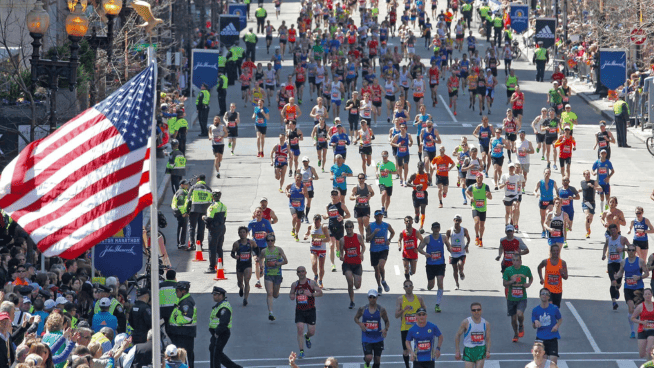Sprint Technique Review #4-Heel Recovery
Heel Recovery isn’t revolutionary, but it’s definitely, important in the speed world. The vital technique was first brought to the mainstream years ago by the late and great Latif Thomas.
By definition, Heel recovery refers to the period after we push off the ground and then swing our leg back through our body until it hits the ground in front of us.
Swing Low
Ideally, we need to “swing low” to prevent wasted muscle and joint action and move more efficiently during initial acceleration, and then swing higher after the initial phase as we build maximum speed. As we reach greater running speeds, we need to shorten the leg or lever to swing and move it through quicker and more efficiently as this removes a lot of stress off the hip flexor muscles. The common cue is “Stepping over the knee.” Unfortunately, I’ve never seen anyone step over the knee at max speed contrary to popular belief. Stepping over the knee is completely unnatural, harder, and requires much more motion than is necessary.
Step through the knee in reality
“Stepping through the knee” is a suitable cue for proper recovery height after acceleration is over. In case you are wondering, you can break sprinting down into 3 simple phases for each leg during a stride cycle so you can get a solid visual understanding of what you are looking for.
Don’t Overlook The Hip Flexors
When it comes to being able to execute a proper level of heel recovery, the hip flexors need to be very active and reactive. This is especially true after the start of a sprint is finished and the body unfolds into an upright vertical position.
Often times you will see an overstride in the stance leg and elaborate drawn-out backward rotation in the swing leg. This is why direct hip flexor training should be a critical part of any athlete’s program.
Swing Leg: Stance Leg:
#1-Early Swing. #1-Landing
#2-Mid-Swing #2- Mid Stance
#3-Late Swing #3-Toe Off
RECOMMENDED FOR YOU
MOST POPULAR
Sprint Technique Review #4-Heel Recovery
Heel Recovery isn’t revolutionary, but it’s definitely, important in the speed world. The vital technique was first brought to the mainstream years ago by the late and great Latif Thomas.
By definition, Heel recovery refers to the period after we push off the ground and then swing our leg back through our body until it hits the ground in front of us.
Swing Low
Ideally, we need to “swing low” to prevent wasted muscle and joint action and move more efficiently during initial acceleration, and then swing higher after the initial phase as we build maximum speed. As we reach greater running speeds, we need to shorten the leg or lever to swing and move it through quicker and more efficiently as this removes a lot of stress off the hip flexor muscles. The common cue is “Stepping over the knee.” Unfortunately, I’ve never seen anyone step over the knee at max speed contrary to popular belief. Stepping over the knee is completely unnatural, harder, and requires much more motion than is necessary.
Step through the knee in reality
“Stepping through the knee” is a suitable cue for proper recovery height after acceleration is over. In case you are wondering, you can break sprinting down into 3 simple phases for each leg during a stride cycle so you can get a solid visual understanding of what you are looking for.
Don’t Overlook The Hip Flexors
When it comes to being able to execute a proper level of heel recovery, the hip flexors need to be very active and reactive. This is especially true after the start of a sprint is finished and the body unfolds into an upright vertical position.
Often times you will see an overstride in the stance leg and elaborate drawn-out backward rotation in the swing leg. This is why direct hip flexor training should be a critical part of any athlete’s program.
Swing Leg: Stance Leg:
#1-Early Swing. #1-Landing
#2-Mid-Swing #2- Mid Stance
#3-Late Swing #3-Toe Off












